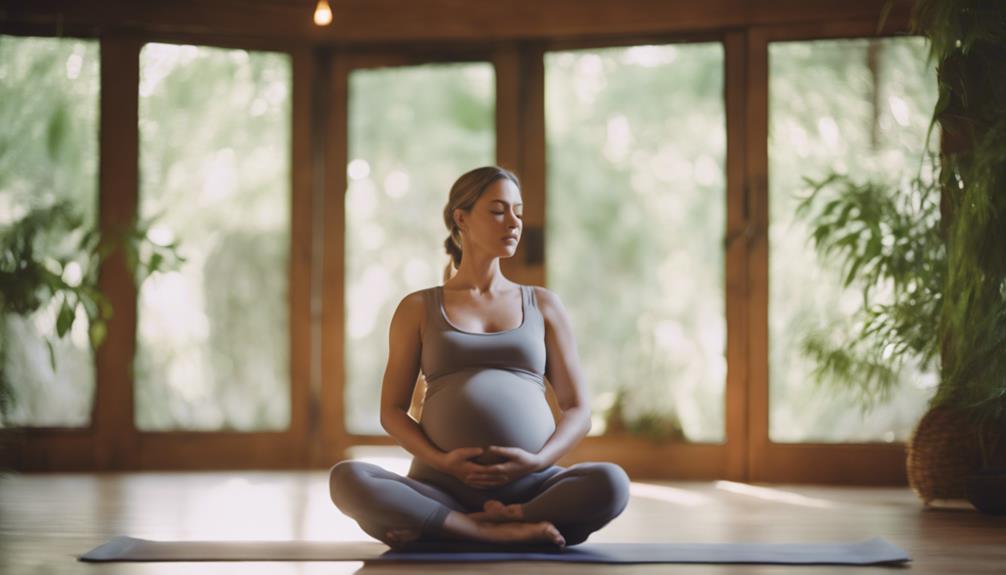Bikram Yoga

Bikram Yoga, a dynamic and transformative practice, has gained popularity worldwide for its unique blend of physical and mental challenges. In this comprehensive guide, we will explore the benefits, history, and techniques of Bikram Yoga, ensuring you have all the information you need to embark on your yoga journey.
What is Bikram Yoga?
Bikram Yoga is a specific form of hot yoga developed by Bikram Choudhury in the early 1970s. It consists of a series of 26 postures and two breathing exercises that are practiced in a heated room, typically maintained at around 105°F (40°C) with a humidity of 40%. This high-temperature environment aims to facilitate deeper stretching, improve circulation, and detoxify the body through sweating. Each class lasts approximately 90 minutes and follows a set sequence, making it accessible for practitioners of all levels.
The History and Evolution of Bikram Yoga
Bikram Choudhury, an Indian yoga teacher, introduced Bikram Yoga to the United States after establishing the practice in India. His approach combined traditional yoga poses with the benefits of heat, which he believed would enhance flexibility and promote healing. Over the decades, Bikram Yoga has evolved, leading to the establishment of numerous studios and training programs worldwide. Despite various controversies surrounding its founder, the practice remains popular due to its effectiveness and the community it fosters.
The Physical Benefits of Bikram Yoga
One of the primary draws of Bikram Yoga is its myriad physical benefits. The heat and humidity in the studio allow for increased flexibility, enabling practitioners to achieve deeper stretches and improved range of motion. The 26 poses work on various muscle groups, enhancing strength, balance, and coordination. Additionally, the postures promote detoxification by stimulating the organs, aiding in digestion, and enhancing overall metabolic function. Regular practice can also lead to improved cardiovascular health, as the heated environment elevates heart rates and promotes endurance.
The Mental Benefits of Bikram Yoga
Beyond physical benefits, Bikram Yoga offers profound mental advantages. The practice encourages mindfulness and stress relief through focused breathing and meditation. As practitioners progress through the poses, they develop mental resilience and discipline, learning to push through discomfort and challenges. This mental fortitude can translate into everyday life, helping individuals manage stress, anxiety, and emotional turmoil. Additionally, the sense of community fostered in Bikram studios contributes to enhanced social connections, further supporting mental well-being.
Preparing for Your First Bikram Yoga Class
If you’re new to Bikram Yoga, proper preparation is essential for a positive experience. Start by hydrating well before your class, as the heated environment can lead to significant fluid loss. Wear lightweight, breathable clothing, and bring a yoga mat, towel, and water bottle. Arrive early to familiarize yourself with the studio and settle in. It’s common to feel a bit intimidated at first, but remember that everyone in the class is there to support one another. Listen to your body, take breaks as needed, and focus on your breath throughout the session.
Common Misconceptions About Bikram Yoga
Bikram Yoga is often surrounded by misconceptions that can deter potential practitioners. One common myth is that it is only for advanced yogis due to its intensity. In reality, Bikram Yoga is suitable for all levels, as modifications are available for each pose. Another misconception is that the heat is dangerous; however, when practiced mindfully and with proper hydration, the heat can enhance the experience and promote safety. Lastly, some people believe Bikram Yoga is just a workout, but it encompasses physical, mental, and spiritual growth, fostering a holistic approach to wellness.
Incorporating Bikram Yoga into Your Fitness Routine
To maximize the benefits of Bikram Yoga, consider incorporating it into a balanced fitness routine. Aim for at least two to three classes per week to experience significant improvements in flexibility, strength, and mental clarity. Complement your Bikram practice with other forms of exercise, such as strength training, cardio, or even other styles of yoga, to create a well-rounded regimen. Additionally, focus on nutrition and recovery to support your body and enhance your overall well-being.
Conclusion: Embrace the Journey of Bikram Yoga
Bikram Yoga is more than just a physical practice; it’s a transformative journey that nurtures the mind, body, and spirit. By understanding its history, benefits, and techniques, you can fully immerse yourself in this unique yoga style and reap its rewards. Whether you’re seeking improved physical fitness, mental clarity, or emotional stability, Bikram Yoga offers a comprehensive approach to health and wellness. So roll out your mat, embrace the heat, and discover the profound impact of Bikram Yoga on your life.
# Final Thoughts
As you embark on your Bikram Yoga journey, remember that each class is an opportunity for growth and self-discovery. Embrace the challenges, celebrate your progress, and connect with the vibrant community around you. With dedication and consistency, Bikram Yoga can lead you to a healthier, happier, and more balanced life.Restorative Yoga Near Me